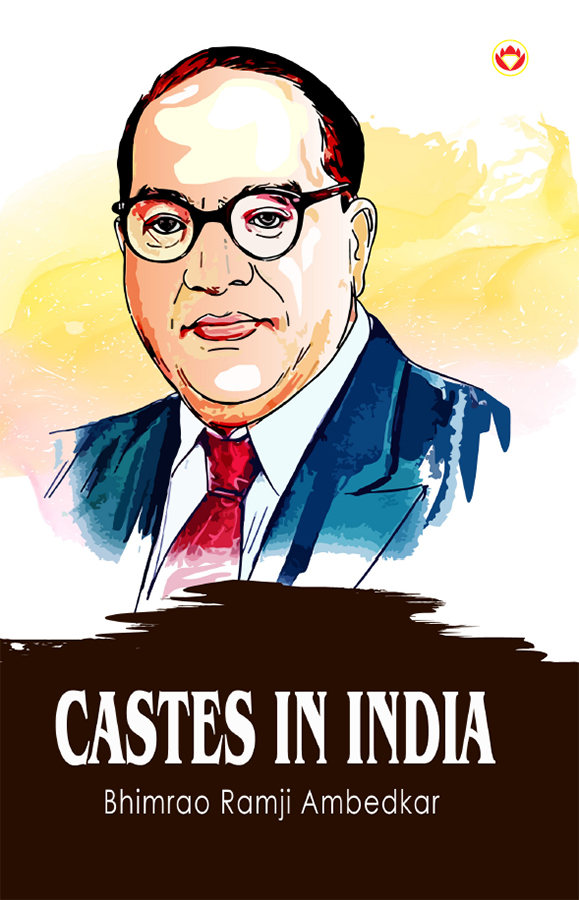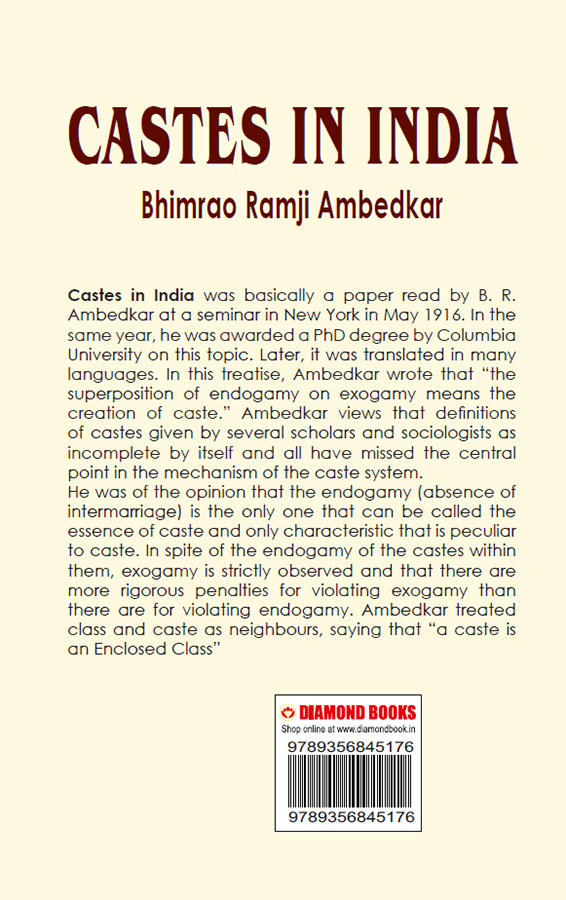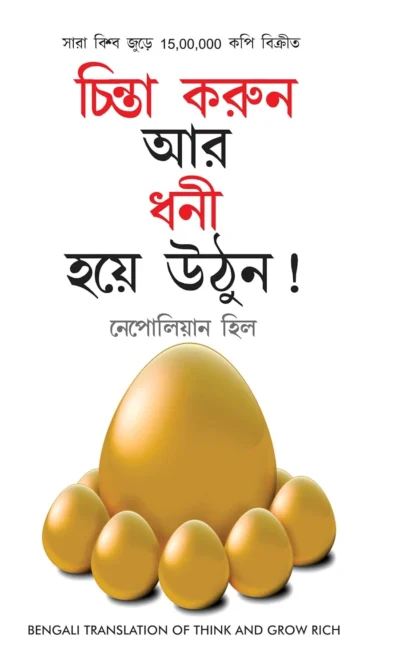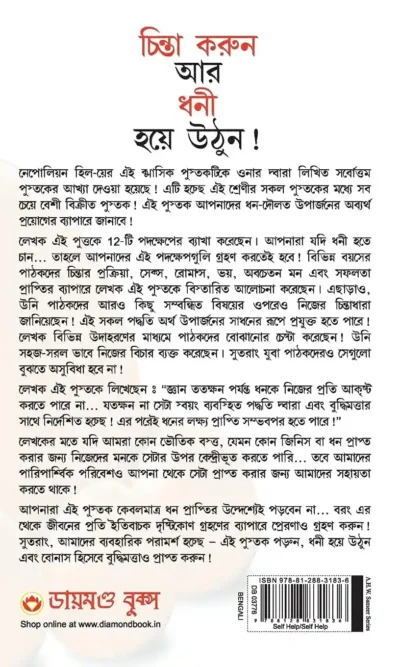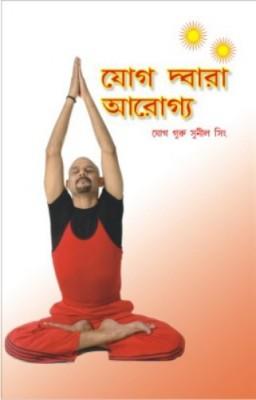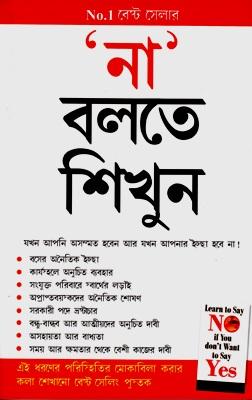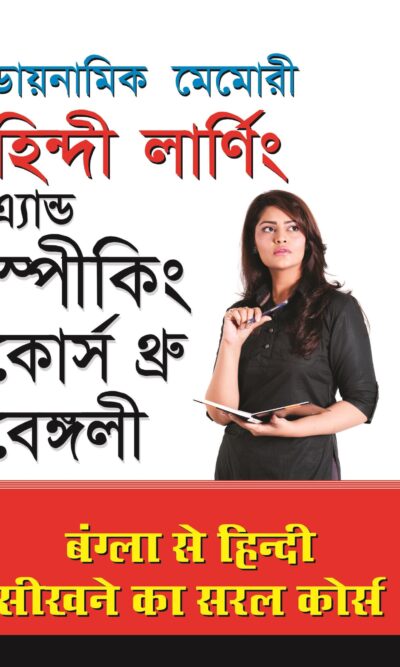Castes in India was basically a paper read by B. R. Ambedkar at a seminar in New York in May 1916. In the same year, he was awarded a PhD degree by Columbia University on this topic. Later, it was translated in many languages. In this treatise, Ambedkar wrote that “the superposition of endogamy on exogamy means the creation of caste. Ambedkar views that definitions of castes given by several scholars and sociologists as incomplete by itself and all have missed the central point in the mechanism of the caste system.
He was of the opinion that the endogamy (absence of intermarriage) is the only one that can be called the essence of caste and only characteristic that is peculiar to caste. In spite of the endogamy of the castes within them, exogamy is strictly observed and that there are more rigorous penalties for violating exogamy than there are for violating endogamy. Ambedkar treated class and caste as neighbours, saying that “a caste is an Enclosed Class”
About the Author
Ambedkar soon established his leadership among Dalits, founded several journals on their behalf, and succeeded in obtaining special representation for them in the legislative councils of the government. He took a leading part in the framing of the Indian Constitution, outlawing discrimination against untouchables, and skillfully helped to steer it through the assembly. In October 1956, he renounced Hinduism and became a Buddhist, together with about 200,000 fellow Dalits, at a ceremony in Nagpur.

